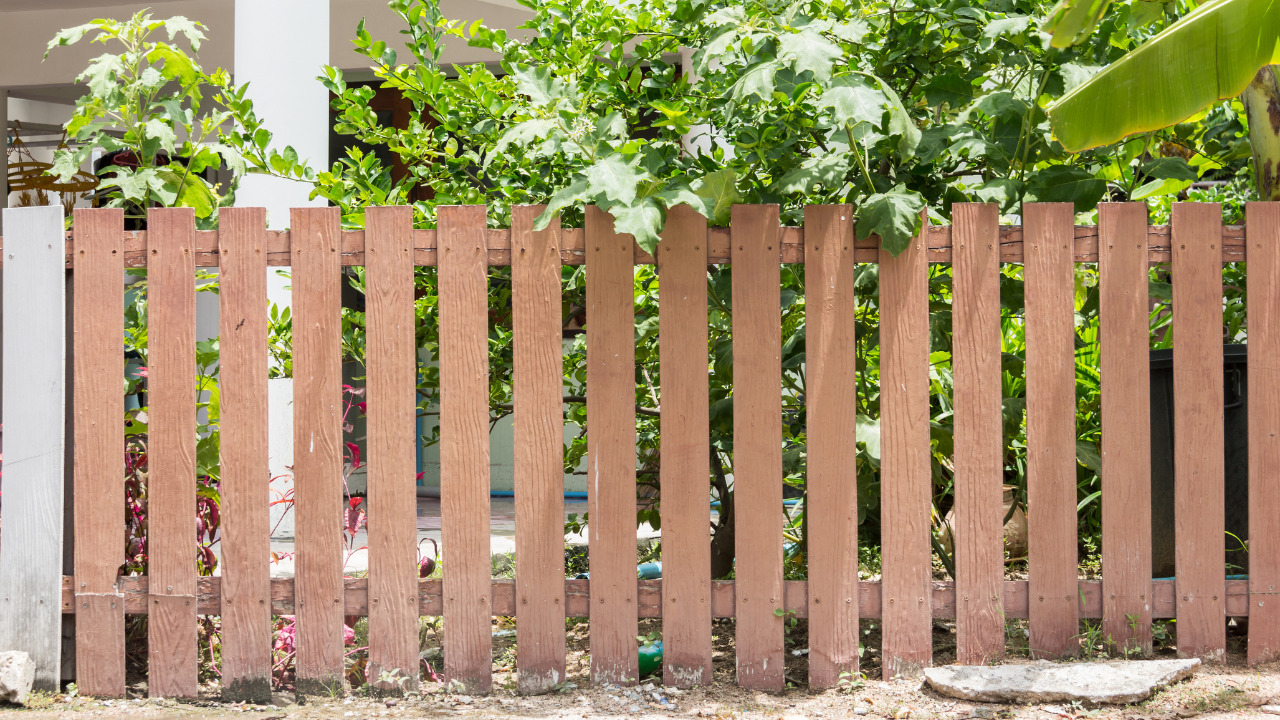Do you want to find a way to fence your backyard without breaking the bank? DIY backyard fencing is the answer! Installing a fence in your backyard can be an easy and cost-effective process if done correctly. In this blog post, we’ll provide step-by-step instructions on how to install your own backyard fence, as well as tips for routine maintenance and upkeep.
Whether it’s wood, vinyl, or picket—we’ve got all the info you need so that you can create the perfect boundary around your yard. Let’s get started on our DIY journey towards building a stunning aesthetic that brings beauty (and peace of mind) right into your outdoor space.
Table of Contents
DIY Fence Installation
Before we delve into the steps, it’s important to note that each type of fence has its own unique set of installation methods. However, the general principles remain the same, and that’s what we’ll be focusing on in this guide. Keep in mind that patience and precision are key to a successful DIY fence installation.
Step 1: Planning and Layout
Start by planning your fence layout. This includes deciding on the type of fence, its placement, and marking where the posts will go. Also, ensure you check with local ordinances and homeowners association rules, if any, regarding fences.
Step 2: Digging the Post Holes
Depending on the size of your fence and the local climate, the depth of the post holes will vary. Typically, the hole should be three times the width of the post and one-third to one-half the height of the fence.
Step 3: Setting the Fence Posts
Place your fence posts in the holes and make sure they’re level. Use a mixture of concrete to secure the posts, ensuring they remain upright and sturdy.
Step 4: Attaching the Fence Panels
Once your posts are secured, and the concrete has dried, attach your fence panels. Make sure to align them correctly to ensure a uniform appearance.
Step 5: Finishing Touches
After all the panels are attached, assess your fence for any irregularities and make necessary adjustments. Apply paint or stain if desired for added protection and aesthetic appeal. Remember to follow up with regular maintenance to ensure your fence stays in optimal condition.
Needless to say, sometimes hiring an experienced professional is the best option. This way, you’ll ensure that the installation is done correctly, and you can focus on other aspects of your DIY backyard project. Learn more about different fencing options by consulting with a professional like Stand Strong Fencing.
Backyard Fencing Maintenance: All You Need to Know
Maintaining your backyard fence goes a long way in extending its life and preserving its visual appeal. By following a few key steps, you can ensure your fence remains strong, sturdy, and aesthetically pleasing for years to come. From cleaning to repairing, here are some essential steps to keep your fence in optimal condition.
Regular Cleaning
Regular cleaning is the easiest and most effective way to keep your fence looking new and vibrant. For most fences, a simple hose down can remove most dirt and debris. If your fence is prone to mildew or has stubborn stains, consider using a mild detergent or a specialized cleaning solution.
Routine Inspection
Inspect your fence regularly for any signs of damage. Check for loose or broken posts, rust, peeling paint, or any other signs of wear and tear. Early detection of these issues allows for prompt repairs, preventing minor problems from escalating into more serious, costly repairs.
Prompt Repairs
Address any damage to your fence as soon as you notice it. Whether it’s a loose post or a broken picket, immediate repairs can prevent further damage. Remember, the longer you ignore a problem, the worse it can get, potentially leading to a full fence replacement.
Weatherproofing
Protect your fence from harsh weather conditions by applying a weatherproofing sealant. This not only protects the fence material but also enhances its aesthetic appeal. For wooden fences, consider a stain or paint that includes a weatherproofing agent.
Regular Paint or Stain
Applying a fresh coat of paint or stain every few years can significantly extend the life of your fence. Not only does this add an extra layer of protection against the elements, but it also gives your fence a fresh, attractive appearance.
FAQ
Q: Can I install a fence on my own?
A: Yes, DIY fence installation is possible with the right tools and materials. However, it’s important to plan and follow proper techniques to ensure success carefully.
Q: What type of fence should I choose for my backyard?
A: The type of fence you choose depends on your personal preferences, budget, and the purpose of the fence. Popular options include wood, vinyl, chain link, and aluminum.
Q: How often should I maintain my backyard fence?
A: Regular cleaning and inspections should be done at least once a year. Repairs and weatherproofing may be needed every few years, depending on the condition of your fence.
Final Thoughts
Installing a fence in your backyard not only adds to the aesthetic appeal of your outdoor space but also provides privacy and security. With proper planning, installation, and maintenance, DIY backyard fencing can be a cost-effective way to enhance your home.
However, don’t hesitate to seek professional help for a successful and worry-free experience. Now that you have all the necessary knowledge, it’s time to start building your dream backyard fence!





